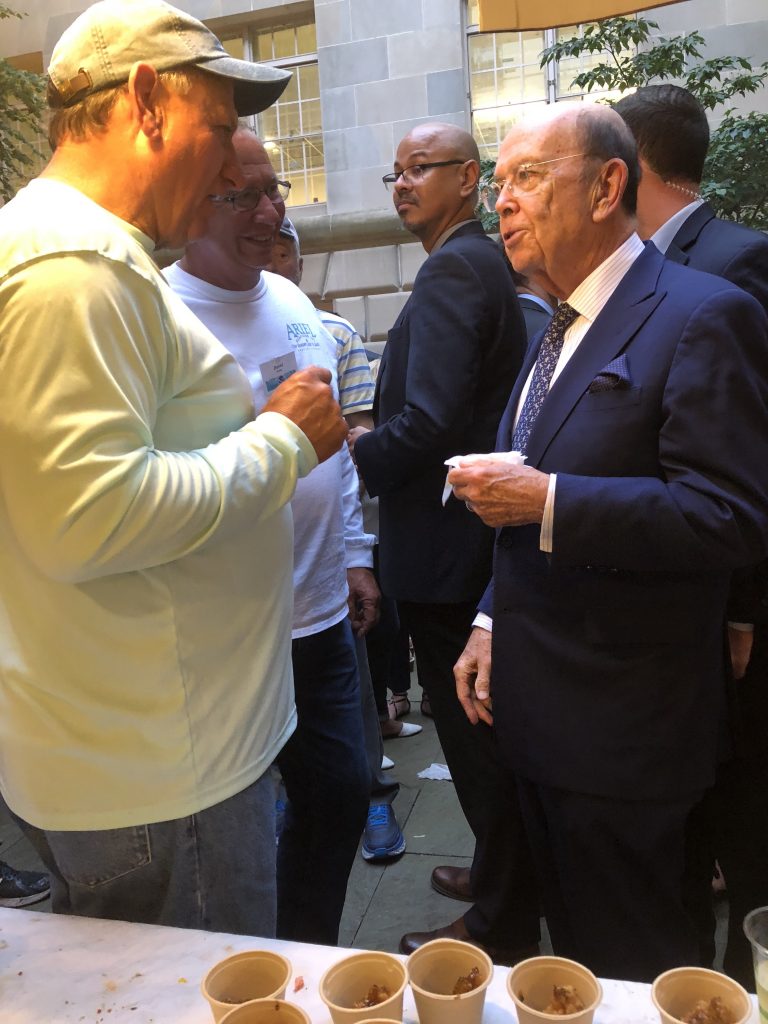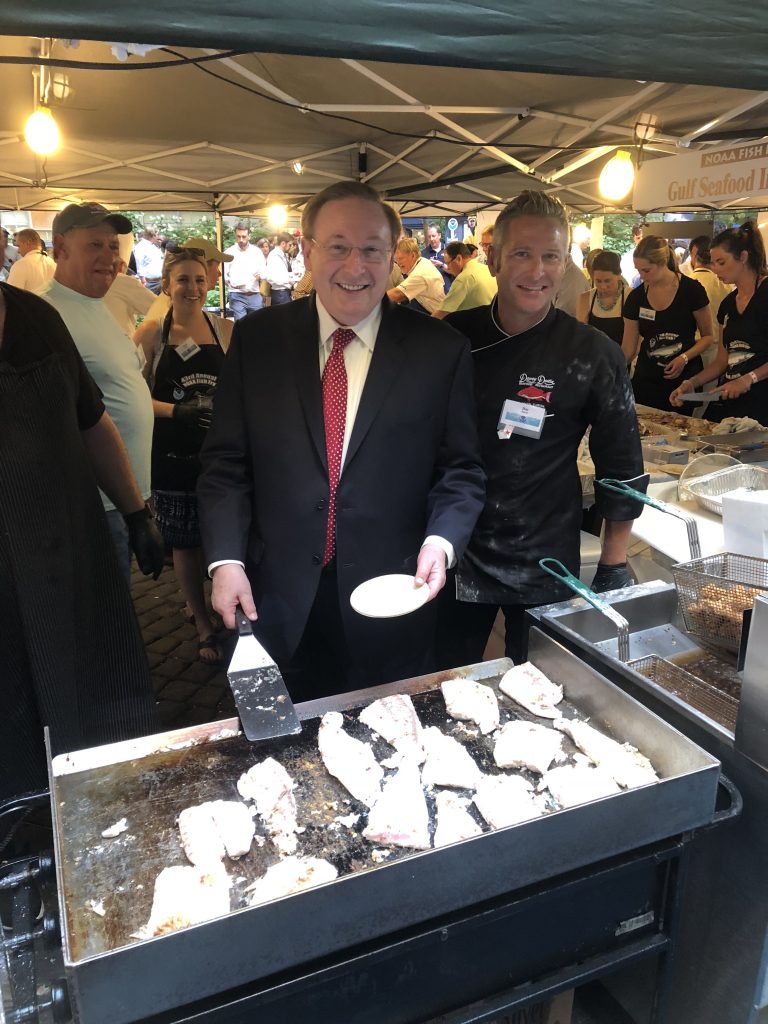May 11, 2022 — Last week SeafoodNews reported on NOAA’s Amendment 53, a new rule in the Federal Register regarding the reef fish fishery of the Gulf of Mexico. The final rule revised the annual catch limits (ACLs) and annual catch targets (ACTs) for both the commercial and recreational sectors, reallocating 20% of the commercial red grouper quota to the recreational sector. The decision had commercial fishermen and others in the industry up in arms. But they’re not just sitting back. A lawsuit has been filed challenging the legality of the decision to reallocate the red grouper quota to recreational fishermen.
The lawsuit was filed late on Friday in the U.S. District Court for the District of Columbia by A.P. Bell Fish Company, the Southern Offshore Fishing Association, and the Gulf of Mexico Reef Fish Shareholders’ Alliance.
“This case is about the government’s allocation of fishing privileges for catching red grouper in the Gulf of Mexico between two user groups,” reads the suit. “The challenged agency action takes fish away from the commercial sector, and gives them to the recreational fishing sector. But the recreational sector is wasteful, catching and throwing back millions of red grouper each year, of which hundreds of thousands die. Allocating more fish to the recreational sector will increase this waste, reduce the amount of fish available for consumption, and increase the risk of overfishing the stock. These outcomes are unlawful.”
The Gulf Coast Seafood Alliance (GCSA) made their opinions on NOAA’s decision very clear in an analysis that can be found here. Meanwhile, the recently filed lawsuit can be found here.





